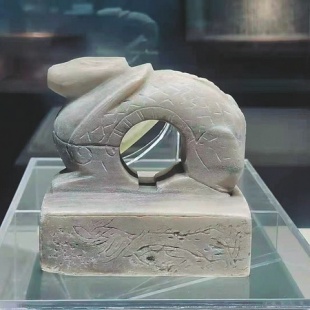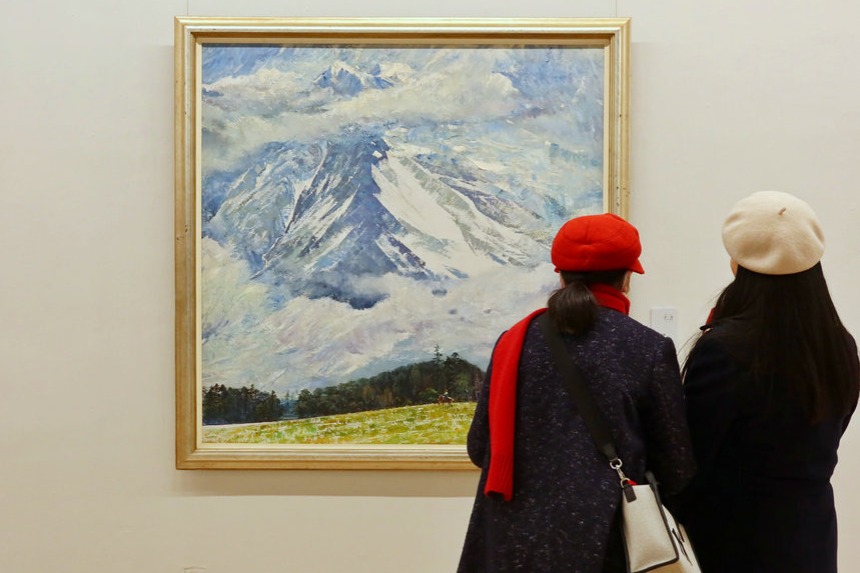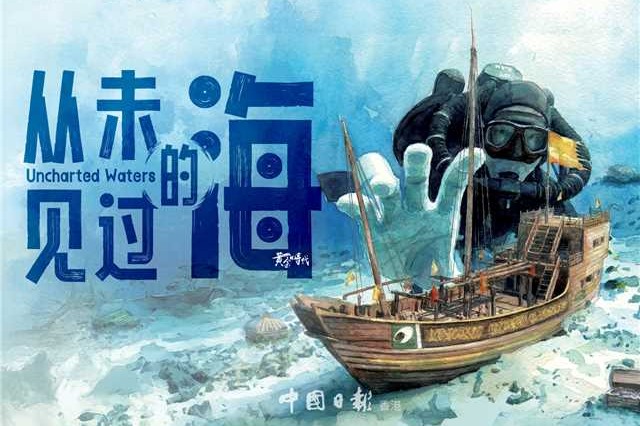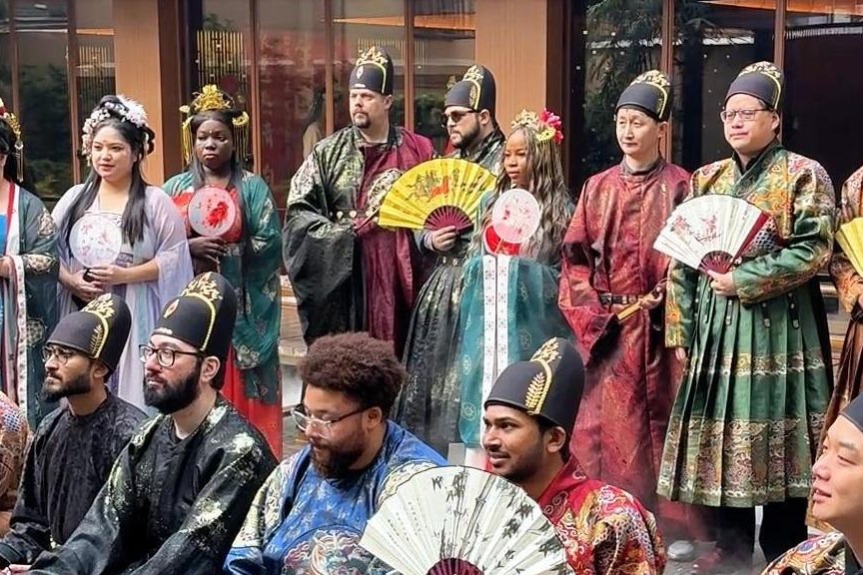Chengdu's best crypt secret
Often overlooked, an unassuming public square in the Sichuan capital is actually the final resting place of an ancient ruler, Huang Zhiling reports.

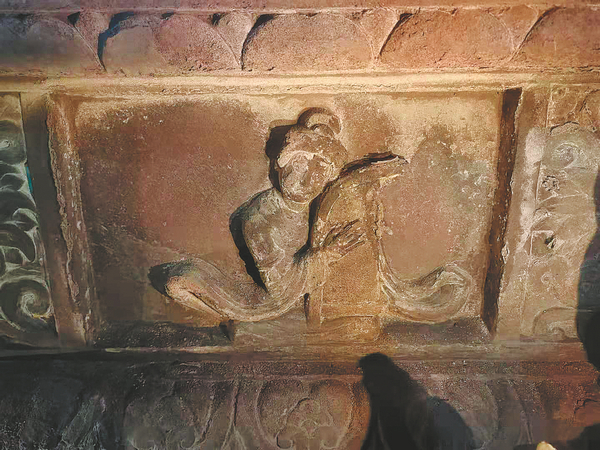
The emperor was so grateful and treated Wang as a favorite. Wang finally rose to the rank of a warlord.
After the general Zhu Wen killed the emperor and overthrew the Tang Dynasty in AD 907, China was divided into many small states. There were five dynasties in the north and 10 kingdoms in the south.
After trying in vain to rally support from other warlords to send armed forces to suppress Zhu, after the fall of the emperor, Wang established his own kingdom, the jurisdiction of which included most parts of Sichuan, Chongqing, the southern part of Shaanxi province and the western part of Hubei province.
During his 11-year reign, the kingdom, with Chengdu as its capital, was strong and prosperous thanks to Wang's diligence and skill at appointing capable people, according to Xu Xueshu, a researcher with Yongling Museum.
After Wang passed away, he was buried in Chengdu, becoming one of the three emperors buried in Sichuan.
Emperors liked having their mausoleums built deep underground, but Wang was an exception.
Knowing that Chengdu abounded in underground water which would rot a coffin in a deep tomb, Wang had his mausoleum built above ground.
Wang's mausoleum was discovered in 1940 when the Tiancheng Railway Bureau was digging an aid shelter on the north side of the huge mound in which his mausoleum was located.
"Since 1938, Japanese invaders kept bombing Chengdu and killed and wounded lots of people," says Ma Wenbin, a researcher with Yongling Museum.
Due to the shortage of professional personnel and funds, excavation was impossible. Ge Weihan (1899-1977), a founder of modern Chinese archaeology, asked the bureau to close the aid shelter construction site.


